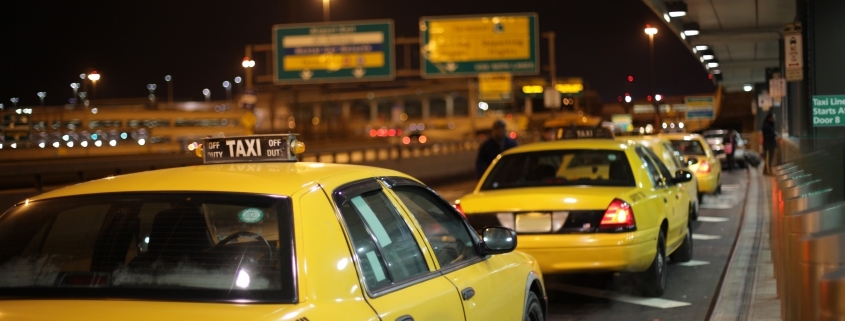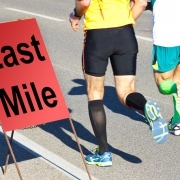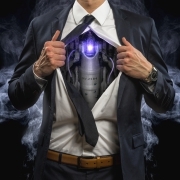What Uber Teaches Us About Great Sales and Buyer Enablement
The “last mile” of revenue generation (getting a qualified lead to close) is always the biggest hurdle. Whether B2B or B2C, this ultimately requires some level of personal relationship development and product customization. Yet many times, businesses don’t realize the costs associated in qualifying a lead in the first place – despite whether or not they close!
Consider a real-life scenario:
I recently flew from DC to Atlanta. I needed to get from Point A (DC) to Point B (Atlanta). The total trip cost was about $470 or 74 cents per mile:
| Miles | Cost | Cost/Mile | |
| Airfare DCA to ATL | 600 | $380 | $ 0.63 |
| Uber to DCA | 12 | $40 | $ 3.33 |
| Uber from ATL | 20 | $50 | $ 2.50 |
| TOTAL | 632 | $470 | $ 0.74 |
Notice that the “last mile(s)” – getting me from my specific location in DC to my specific destination in Atlanta cost me 5X more per mile than “bulk” airfare. Yes, we all intuitively know this – but do we realize the same economics apply to sales? After all, prospects need to go from point A (unqualified, unknown) to point B (closed deal) as well. Bulk demand generation is always measured in “cost per qualified lead”– same as cost per mile above. So say that’s $100 per lead on a $10,000 potential transaction (1%). If you only close 1 in 7 leads that’s $700 (7%) in lead gen cost per deal closed. And that doesn’t even include the cost to-sell (sales rep salary, benefits, commission, and supporting infrastructure). This math is simple – I want to get to Atlanta at the lowest cost per mile and your business wants to get to close at the lowest cost per lead. But, generate as many leads as you want at whatever cost per lead… if your sales team can’t close the last mile, total cost-to-sell goes through the roof!
What Uber Can Teach Us About Sales Enablement and Buyer Enablement
For the sales rep (the Uber driver), the Uber platform provides pretty effective sales enablement.
Uber’s Driver Experience
- Finds the buyer
- Ensures the buyer’s ability to pay (credit card or check)
- Qualifies the buyer’s integrity (passenger rating)
- Maps the route to complete the sale
- Completes a friction-less payment process (set price, optional tip)
- Rinse, repeat….
Not only has Uber created as a seamless experience for the driver (i.e. sales rep), but for the buyer. Consider what the Uber app does for buyer enablement:
Uber’s Rider Experience
- Matches the buyer (rider) with the most convenient seller (driver) – without worrying about “sales territories!”
- Ensures minimum product standards (car quality, safety)
- Qualifies seller integrity (driver rating)
- Provides transparent pricing before purchase
- Offers value-added services (custom music, driver background info)
- Completes frictionless payment
- Allows immediate vendor rating
- Cross-sells other products/services (Uber Eats, Uber credit card)
It’s also important to point out buyers are NOT be forced into negotiations with sellers like traditional taxi drivers. When you pull the pieces together one thing is for sure –
Key Takeaway
While lead generation boasts a hefty budget, with costs at every intersection, the “last mile” is where you can expect to throw in the extra dollars. When you think about it, Uber did not invent the ride share (i.e. taxing) experience, instead, they reinvented the way in which buyers and sellers interact in the “last mile.” Without investing in technology, process, and a “frictionless” buying experience, well, consider that taxi meter still running!
P.S. I love talking to Uber drivers – very interesting entrepreneurs with diverse backgrounds – but Uber’s buyer enablement is what really sets it apart from traditional last mile transportation services.
How good is your buyer enablement?







